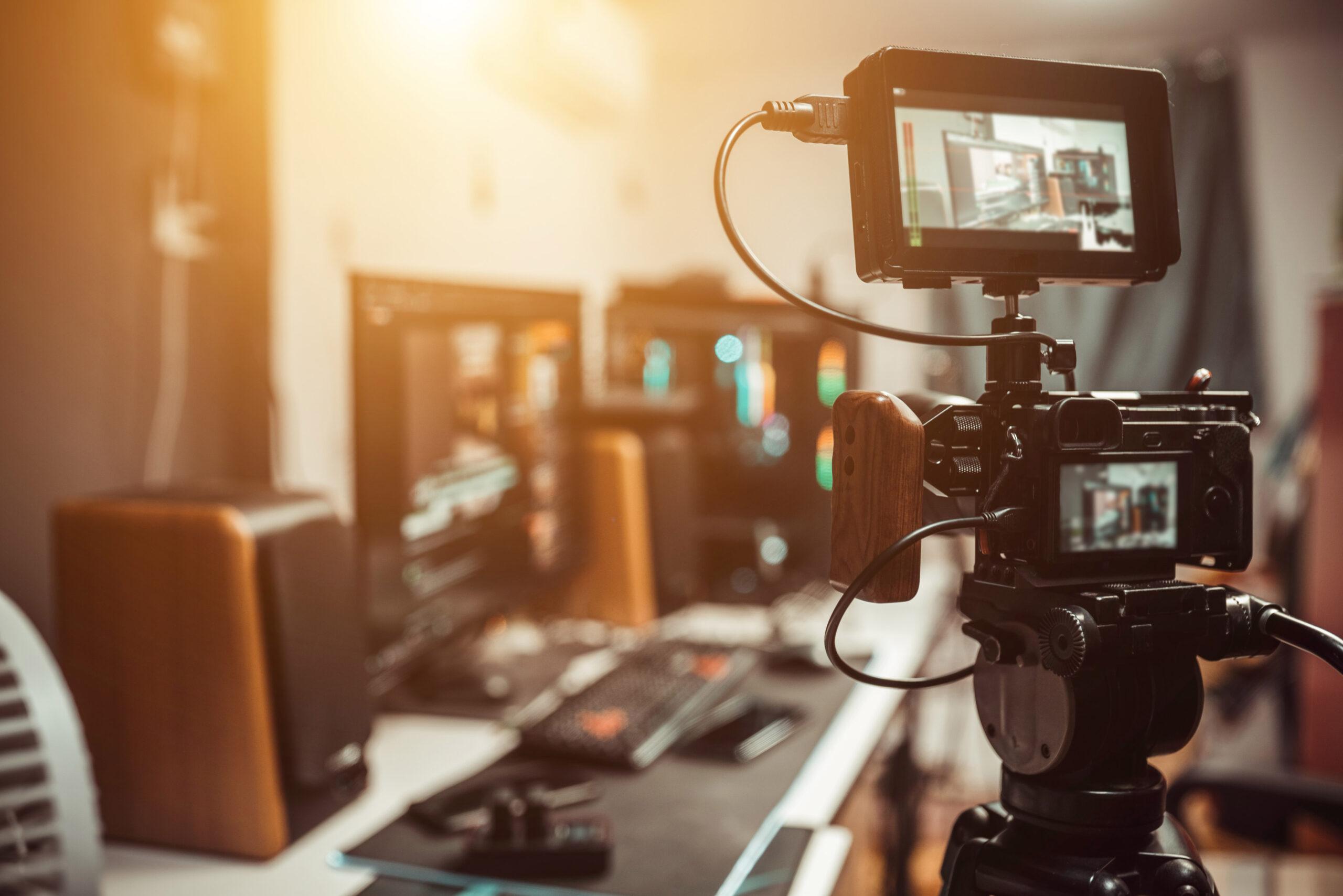Introduction
Film is a magical medium that combines various techniques to tell compelling stories. Whether you’re an aspiring filmmaker, a film student, or simply a movie enthusiast, understanding the essential film techniques can elevate your appreciation and skill. Let’s dive into the 31 essential film techniques that every budding filmmaker should learn.
1. Camera Angles
The way a scene is shot can drastically alter the audience’s perception.
Wide Shot
A wide shot captures the entire scene, giving context to the setting and the characters within it. It’s often used to establish the location.
Close-Up
Close-ups focus on a character’s face, conveying their emotions and creating intimacy with the audience.
Extreme Close-Up
An extreme close-up zooms in on a specific detail, like an eye or a hand, highlighting its importance in the narrative.
2. Camera Movements
Movement adds dynamism and a sense of reality to a film.
Pan
A pan involves moving the camera horizontally from one side to another, often used to follow a subject or reveal more of a scene.
Tilt
Tilting the camera vertically can show the height of an object or follow a subject moving up or down.
Dolly Shot
A dolly shot involves moving the camera on a track, allowing for smooth movement towards or away from a subject, enhancing the storytelling.
3. Lighting Techniques
Lighting sets the mood and atmosphere of a scene.
Three-Point Lighting
This classic technique uses three light sources – key light, fill light, and back light – to illuminate the subject, creating depth and dimension.
High-Key Lighting
High-key lighting is bright and even, minimizing shadows. It’s often used in comedies and musicals to create a cheerful atmosphere.
Low-Key Lighting
Low-key lighting features stark contrasts between light and dark, creating a dramatic, mysterious, or suspenseful mood.
4. Composition Techniques
Composition guides the viewer’s eye and emphasizes elements within a frame.
Rule of Thirds
Dividing the frame into thirds, both horizontally and vertically, helps place key elements along these lines or at their intersections, creating a balanced composition.
Leading Lines
Lines within the frame guide the viewer’s eye to a specific point of interest, often used to draw attention to the main subject.
Framing
Using elements within the scene to frame the subject can add depth and focus, making the subject stand out.
5. Editing Techniques
Editing shapes the final narrative and pacing of a film.
Continuity Editing
Ensuring a seamless flow from one shot to the next maintains the illusion of reality. It’s essential for keeping the story clear and coherent.
Montage
A montage is a series of short shots edited together to condense time, convey information quickly, or show a sequence of events.
Match Cut
A match cut links two shots by matching the composition or action, creating a visual or thematic connection.
6. Sound Techniques
Sound adds another layer of immersion to a film.
Diegetic Sound
Sounds that originate from within the film’s world, like dialogue or footsteps, help ground the scene in reality.
Non-Diegetic Sound
Sounds that come from outside the film’s world, such as background music or a narrator’s voice, can set the mood or provide additional information.
Foley
Foley artists create sound effects that are added in post-production, enhancing the realism of the film.
7. Special Effects
Special effects can bring the impossible to life.
Practical Effects
Practical effects are created physically on set, like explosions or prosthetics, providing tangible realism.
CGI
Computer-generated imagery (CGI) allows for the creation of detailed and fantastical elements that would be impossible or impractical to achieve otherwise.
Green Screen
Green screens enable filmmakers to place actors in virtually any setting, using digital backgrounds.
8. Acting Techniques
Different acting techniques bring characters to life in unique ways.
Method Acting
Method acting involves deeply immersing oneself into the character, often blurring the line between actor and role.
Classical Acting
Classical acting focuses on external techniques and control, emphasizing voice, body, and movement.
Meisner Technique
The Meisner Technique encourages actors to react spontaneously to their surroundings and co-actors, creating authentic performances.
Conclusion
Mastering these film techniques can significantly enhance your filmmaking skills and storytelling capabilities. Whether you’re just starting or looking to refine your craft, these techniques are the building blocks of great cinema.
FAQs
1. What is the most important film technique to learn first?
Camera angles are crucial as they form the foundation of how scenes are visually presented and interpreted.
2. How can lighting affect a film’s mood?
Lighting sets the tone of a scene; for example, high-key lighting creates a bright, happy atmosphere, while low-key lighting adds tension and drama.
3. Why is sound design important in filmmaking?
Sound design enhances the realism of the film and can influence the audience’s emotional response.
4. What is the difference between diegetic and non-diegetic sound?
Diegetic sounds originate from within the film’s world, while non-diegetic sounds come from outside, like background music.
5. How do special effects enhance a film?
Special effects make scenes more believable or fantastical, allowing filmmakers to tell stories that would be impossible to capture otherwise.

